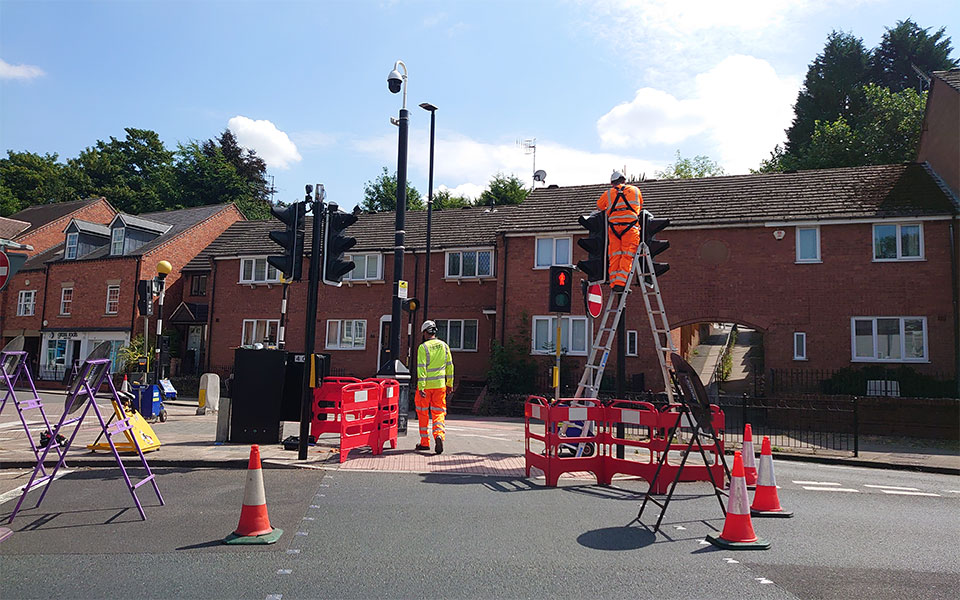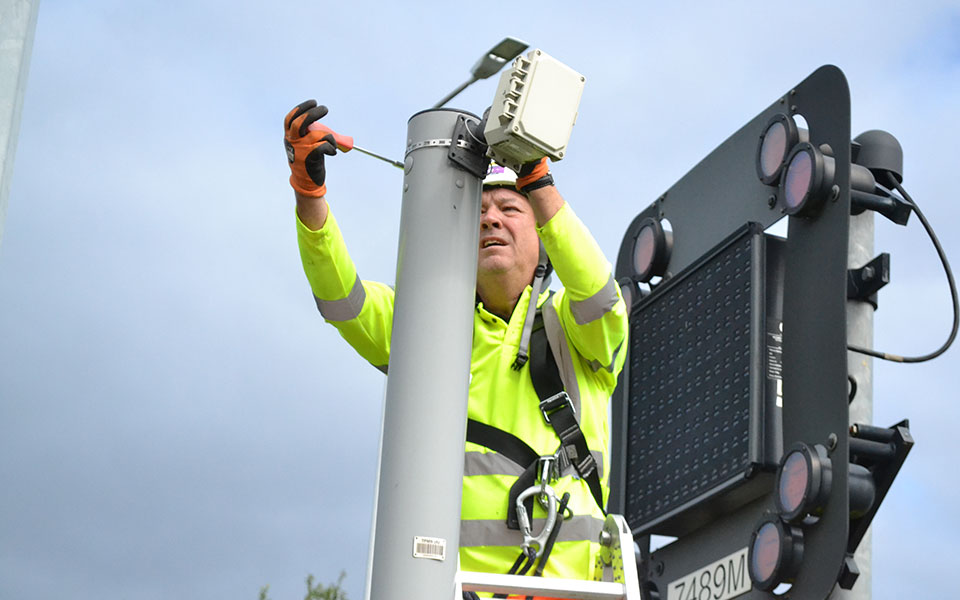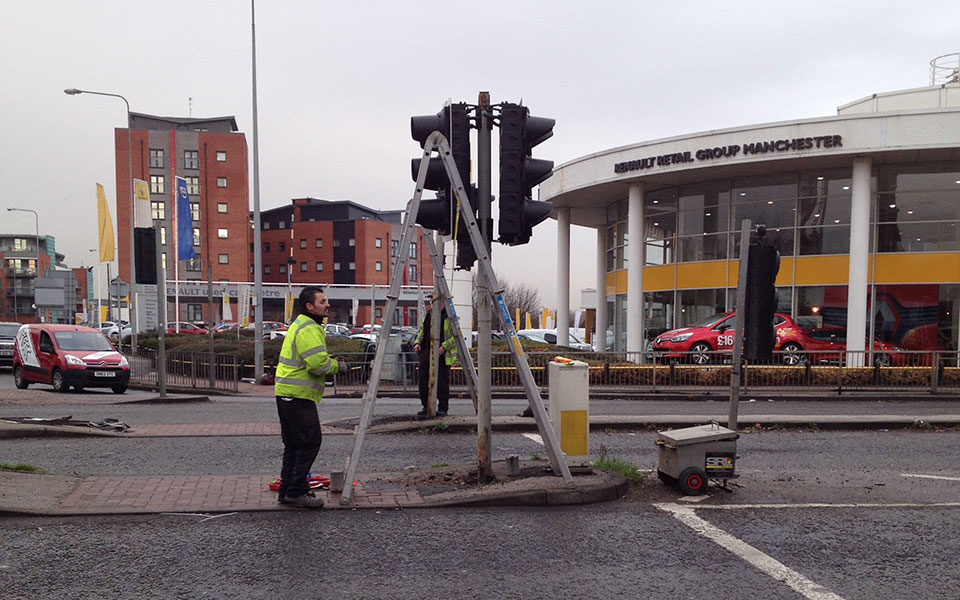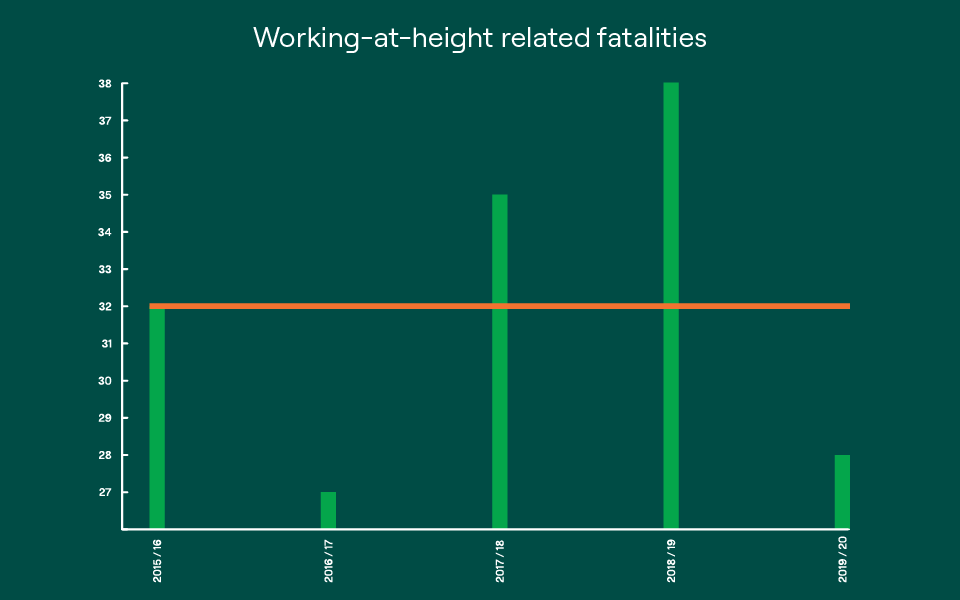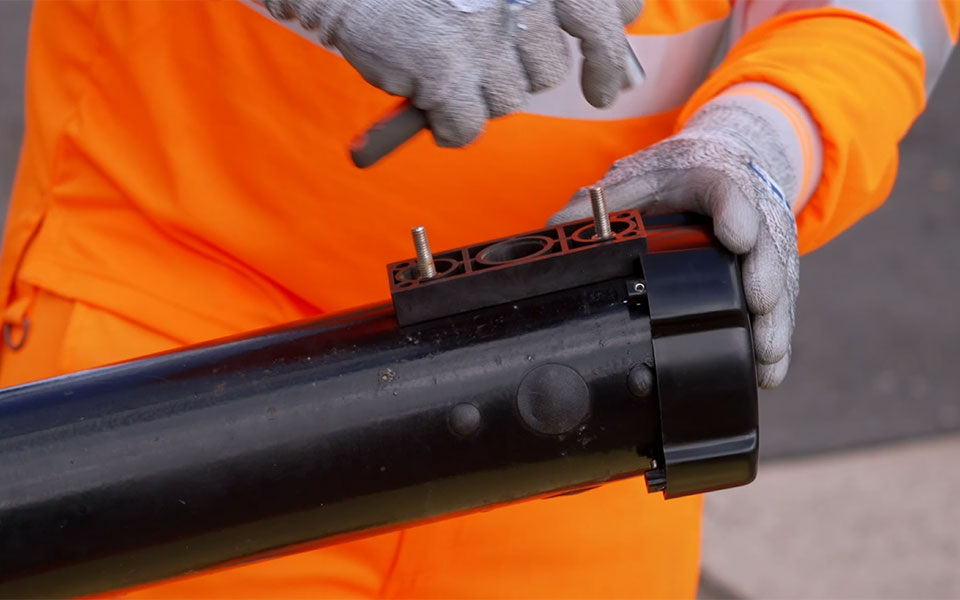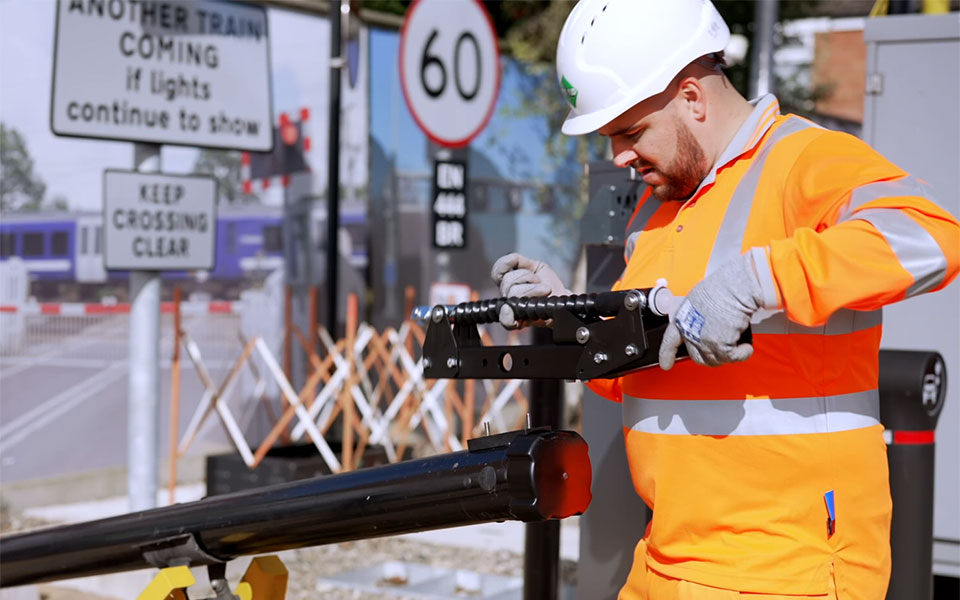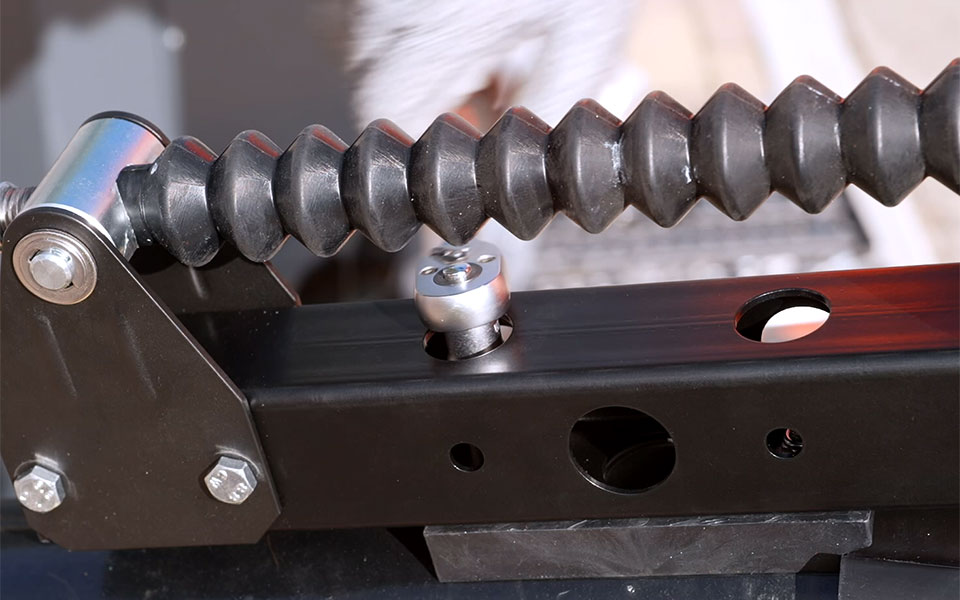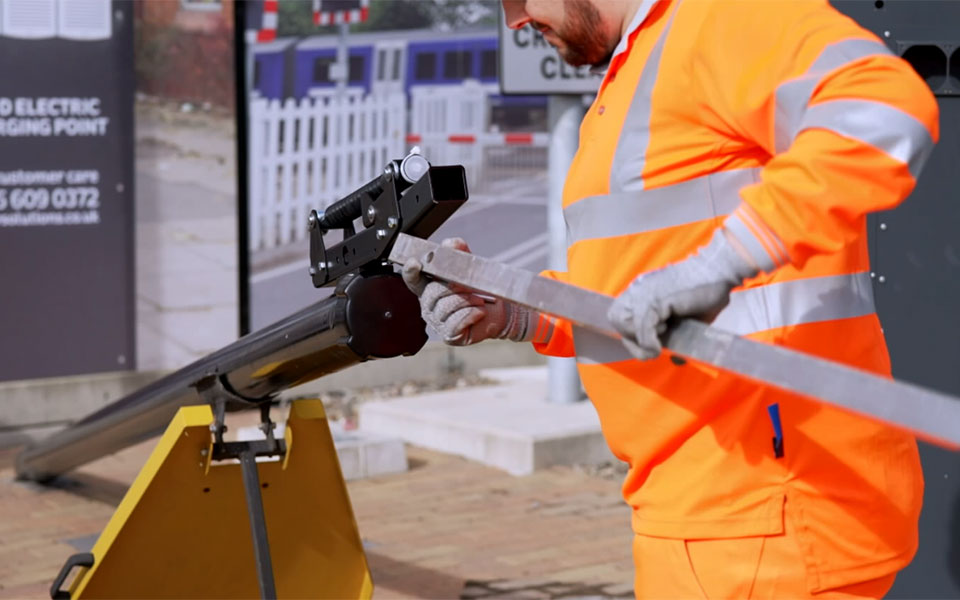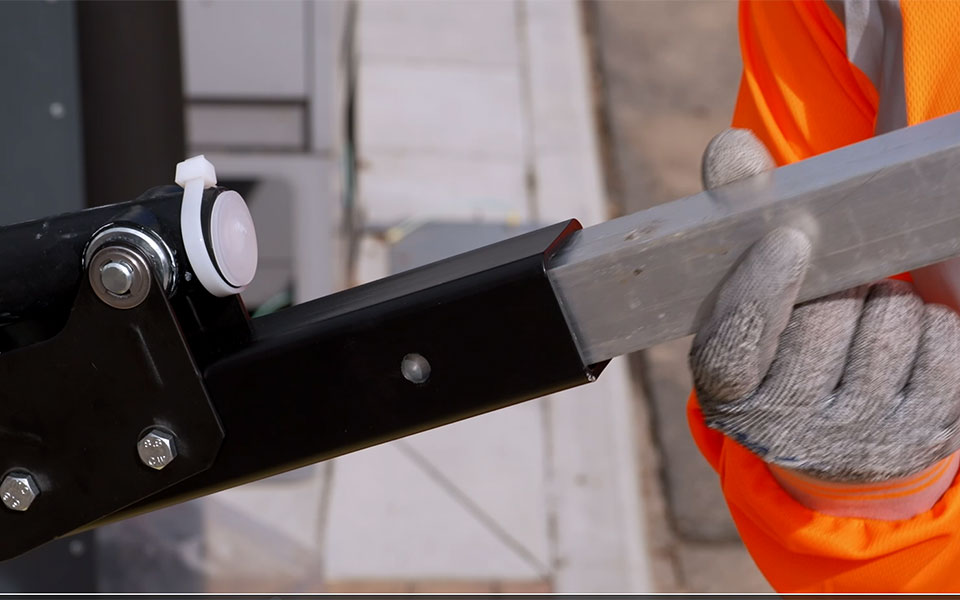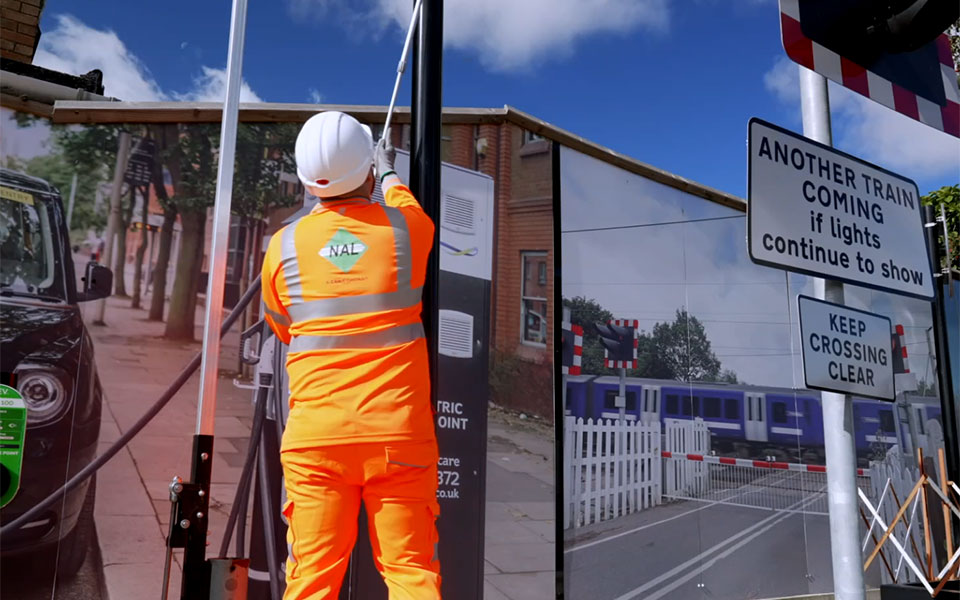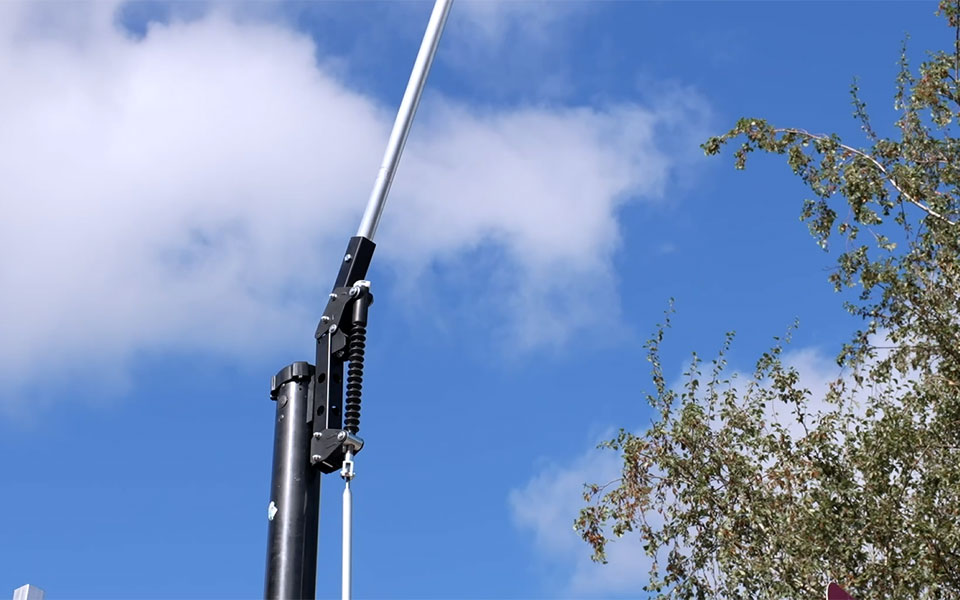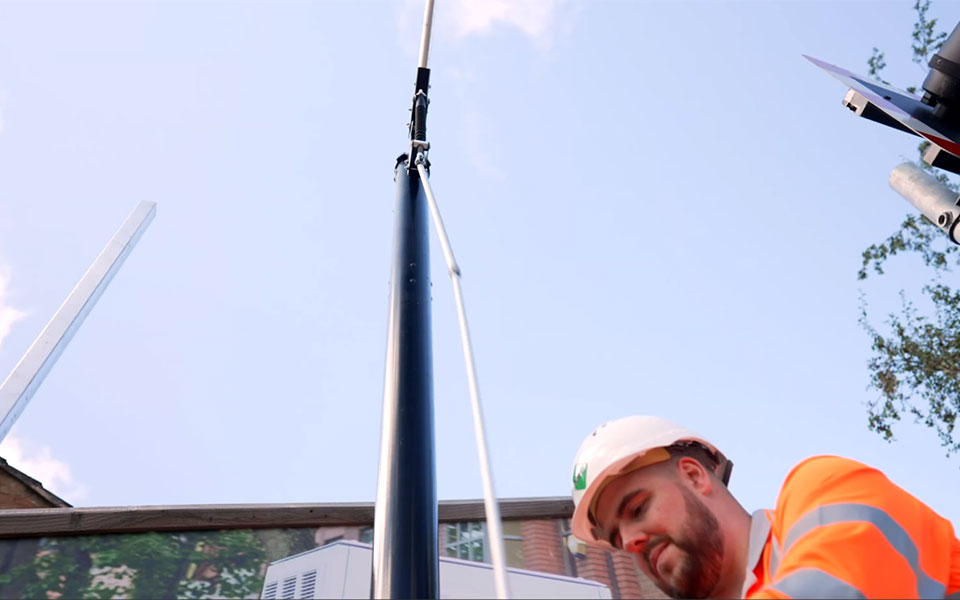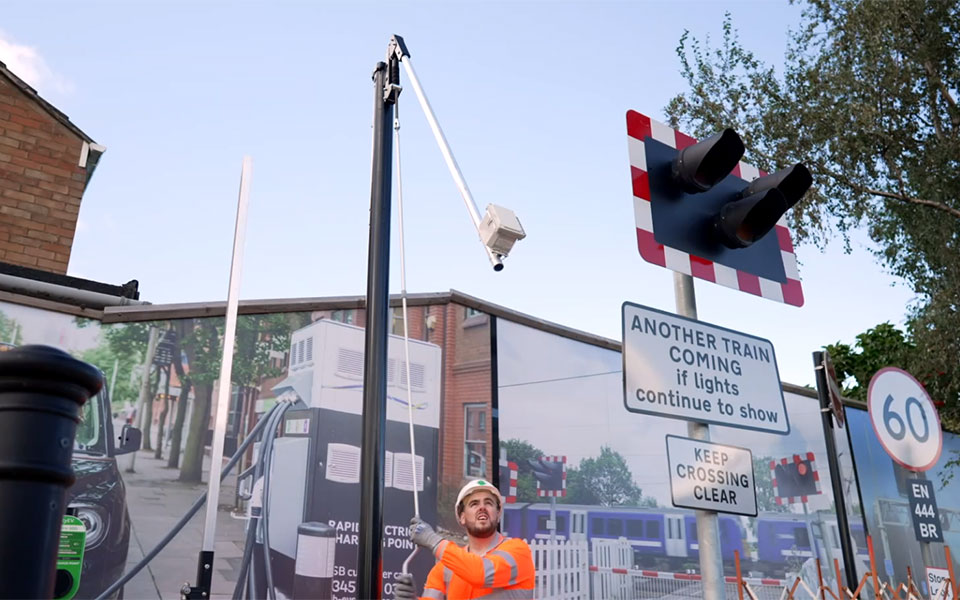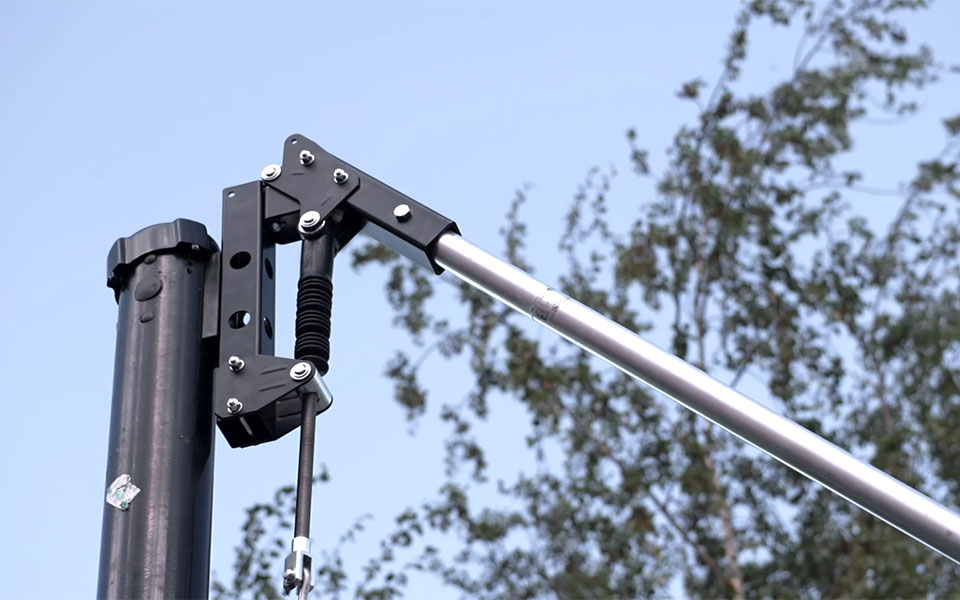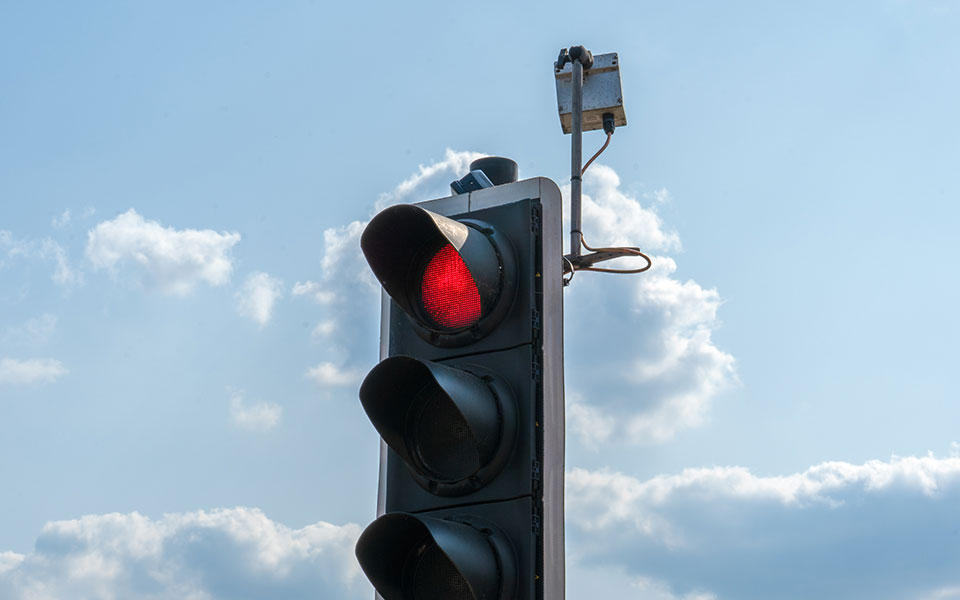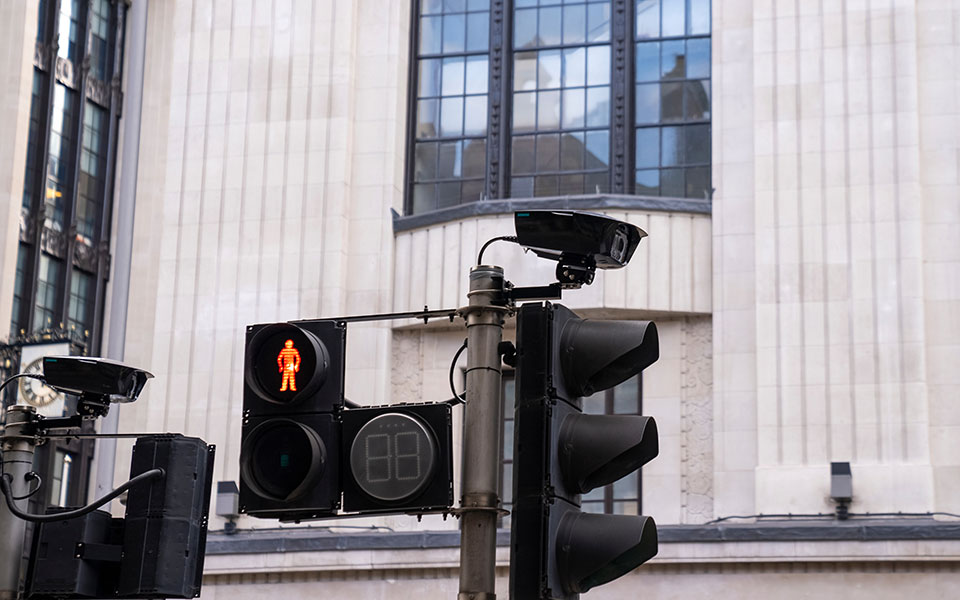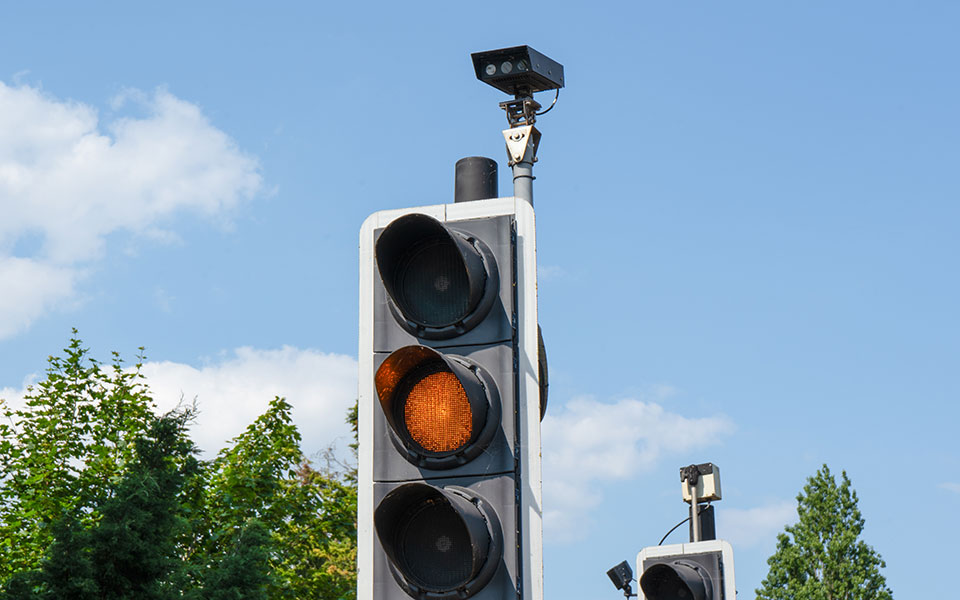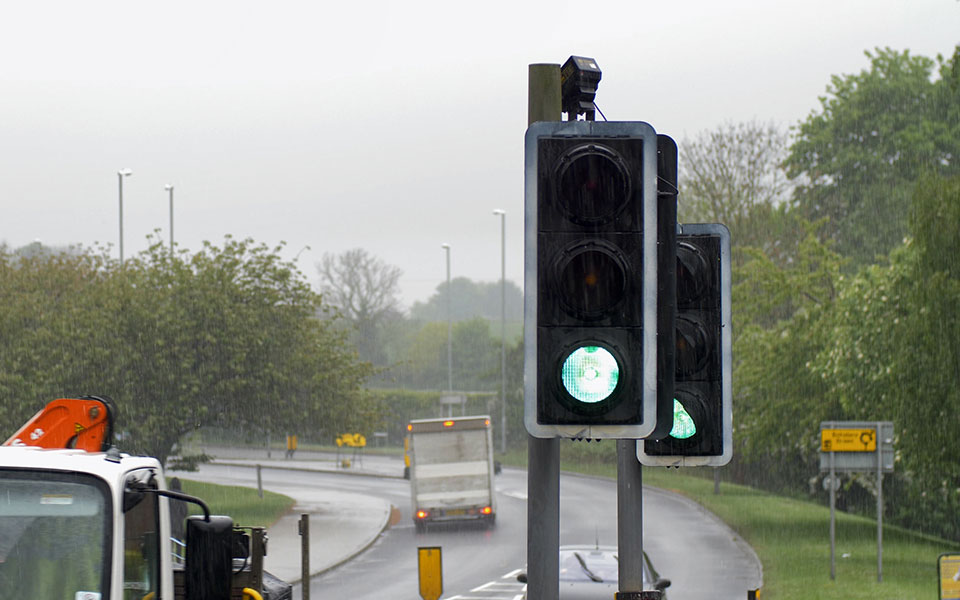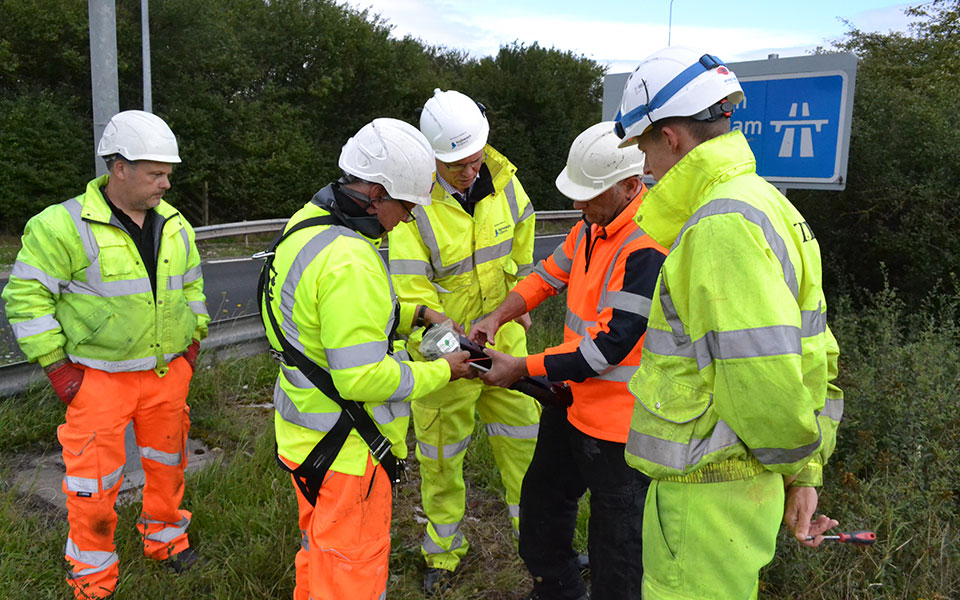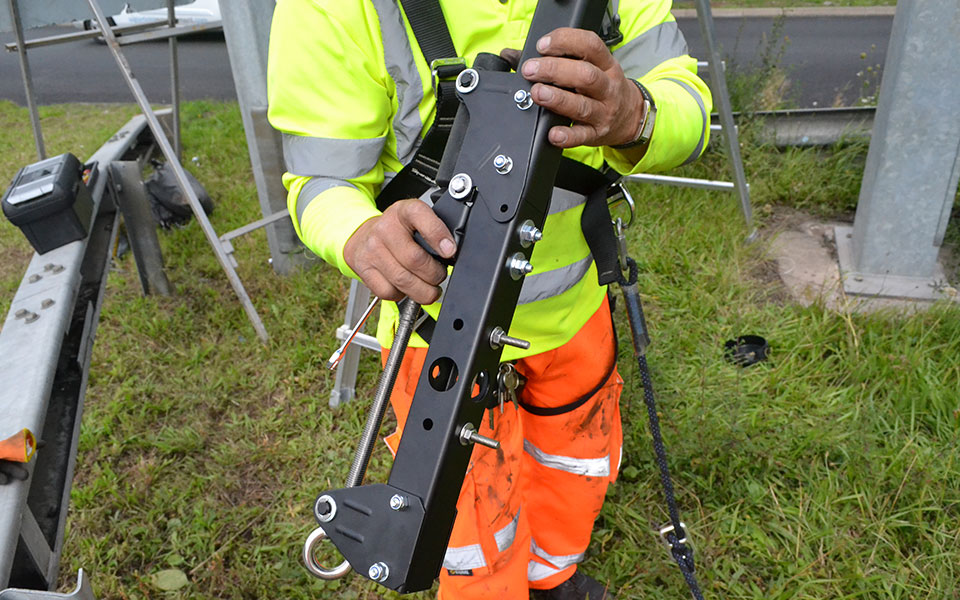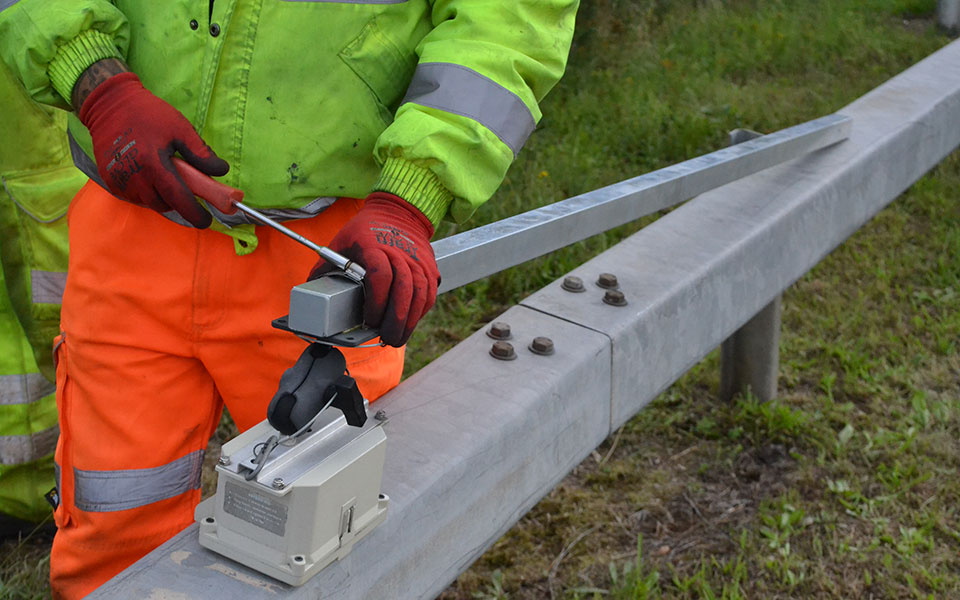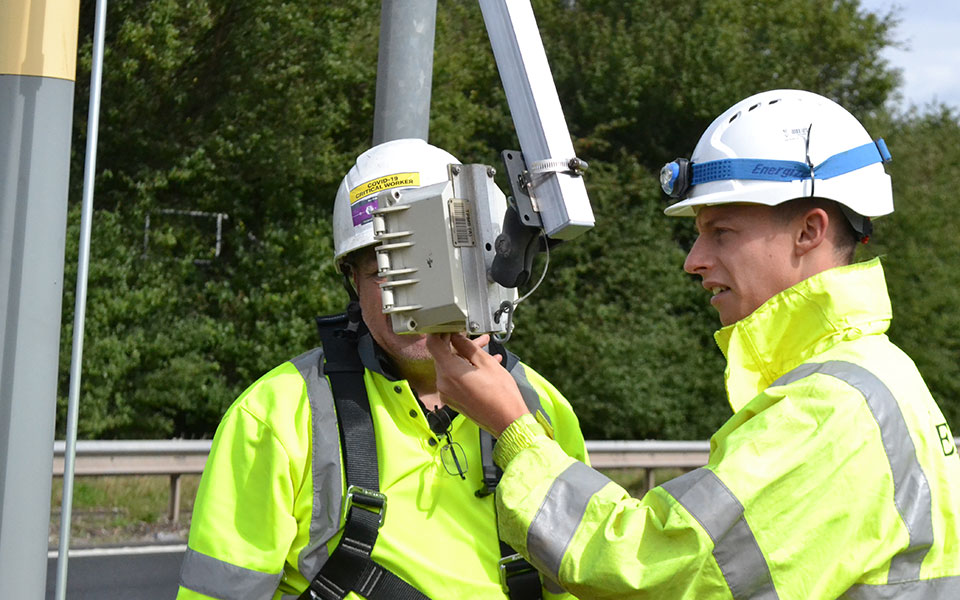NAL origin series:
Rethinking work at height in traffic infrastructure with EasyWynd
Working at height remains the leading cause of fatalities in construction, accounting for nearly half of all fatal injuries on site. Despite decades of regulation, too many routine maintenance tasks still rely on elevated access. In turn, this exposes engineers to unnecessary risk.
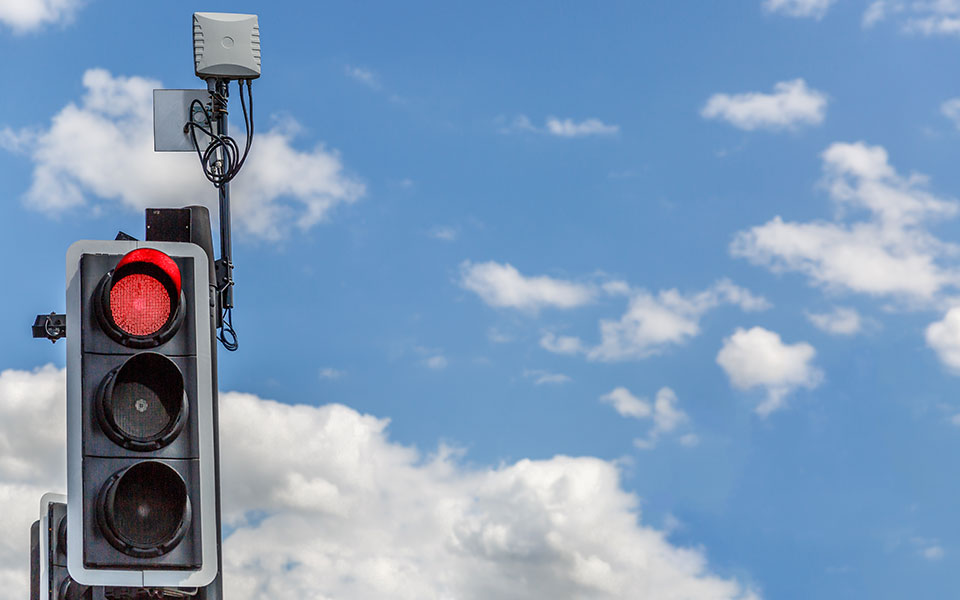
At NAL, we believe many of these risks are avoidable. So, when traffic signal engineers told us that accessing elevated equipment was one of the most dangerous and disruptive parts of their job, we listened.
We considered customer feedback on the regulations, risks, and realities of working at height – and turned those pain points into a new product. Here’s a behind-the-scenes look at NAL’s EasyWynd solution: developed to remove the need to work at height in traffic infrastructure altogether.
The industry wake-up call: understanding the risk
According to the Health and Safety Executive (HSE), 47% of fatal accidents in construction between 2015 and 2020 were caused by falls from height. In 2019/20 alone, 28 people lost their lives, with an average of 32 fatalities annually over the past five years.
The Government has responded to these risks through legislation. Most notably, the Health and Safety at Work Act (1974) and the Work at Height Regulations (2005).
These regulations emphasise:
- Avoiding work at height wherever possible
- Planning and supervising any necessary height-based tasks
- Ensuring proper equipment, PPE, and training are in place
- Conducting regular inspections of fall protection systems
The framework is clear. But, as the HSE rightly argues, rules alone aren’t enough. Reducing injuries requires buy-in across the industry, plus a willingness to listen.
Learning from the voice of experience
The development of the HSE itself is rooted in collaboration. It was created to bring together policymakers, regulators, and the people on the ground. (I.e., those with direct exposure to risk.) At NAL, we’ve mirrored this approach. We actively engage with field engineers, local authorities, and industry leaders. Then, based on this real-world feedback loop, we build solutions around the challenges experienced by those who install and maintain critical traffic infrastructure. Enter EasyWynd.
The traffic infrastructure taskforce
The catalyst for EasyWynd was a taskforce we assembled with Traffic Signal Engineers. Our conversations flagged the repeated dangers and inefficiencies of performing maintenance on elevated equipment. Among the recurring issues:
Based on all these pain points, we took a step back and asked:
“Can we remove the need to work at height entirely?”
EasyWynd: designed to eliminate working at height
The answer was ‘yes’, and it took shape in the form of EasyWynd. This solution is a patented, hinged system that enables engineers to raise and lower equipment from ground level.
Rather than climbing ladders, the engineer uses a manual crank handle and a 2m extension pole to mount and install equipment above any pole or highway structure.
Critically, the system is retrofit-ready, using a simple U-bolt attachment.
Compatible with both round and square columns, it accommodates devices such as:
- CCTV
- Base stations
- WiMag radar repeaters
Real-world example
Highways England trialled EasyWynd at junction 7 of the M5 in Worcester. Radar repeaters, typically mounted high on traffic poles, require regular calibration and battery checks. With EasyWynd in place:
- No MEWPs were needed
- No road closures were required
- Engineers completed all maintenance safely from the ground
The result was less risk, less disruption, and significantly lower operating costs.
The cost of non-compliance
While safety is a human issue first and foremost, the financial consequences of traffic infrastructure failures can’t be ignored:
-
Penalties
£700,000 fine issued to a manufacturer after a fatal MEWP incident
-
Fines
Unlimited fines for serious breaches
-
Prosecution
Criminal prosecution for directors and officers, including imprisonment
-
Repercussions
Hidden costs like project delays, equipment damage, and reputational loss
Put simply, safety failures are expensive. Prevention, by comparison, is simple and cost-effective. And EasyWynd offers a prime solution – built on real-world experiences, in alignment with the experts in the field.
At NAL, we don’t believe risk is “just part of the job.” By listening to the people who know best, we’ve proven that smarter, safer systems are possible.
In listening to the voice of experience and collaborating with clients, we’ve been able to eliminate avoidable risks associated with working at height. EasyWynd is the result of real conversations, and it’s now enabling real change across the Traffic Signals industry.


